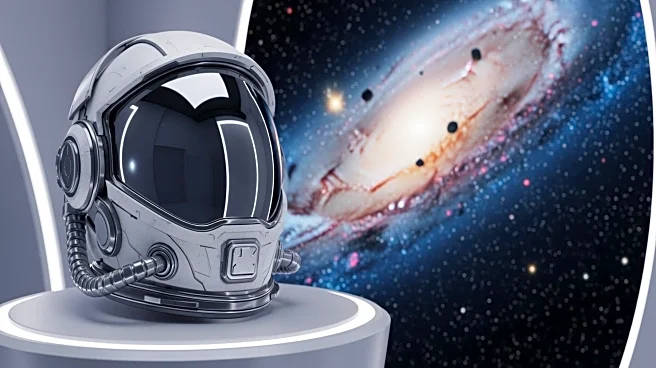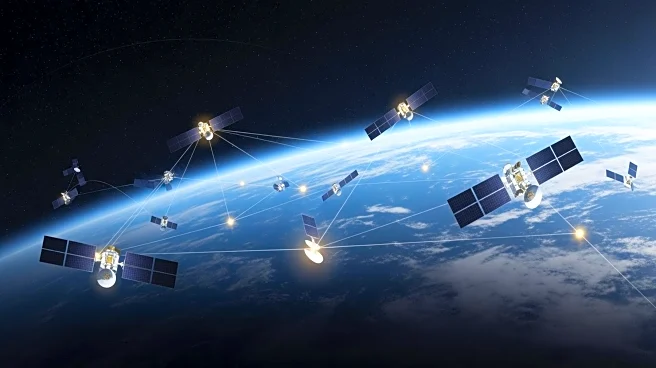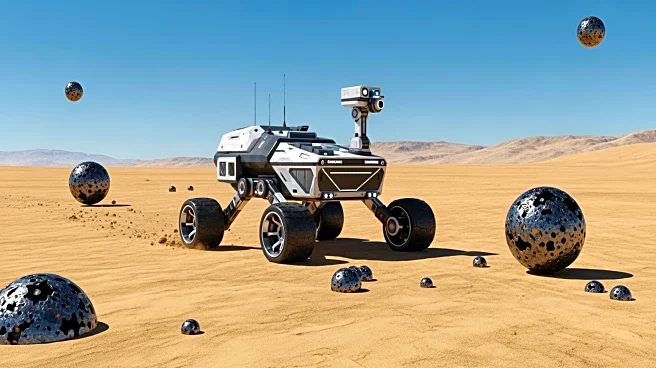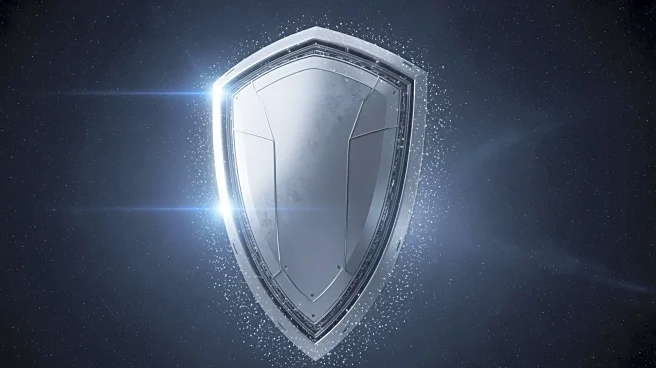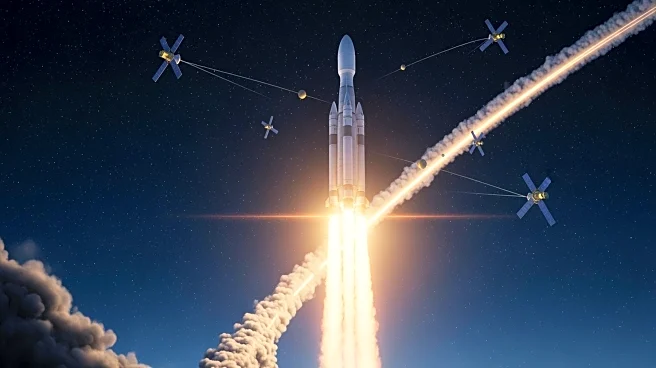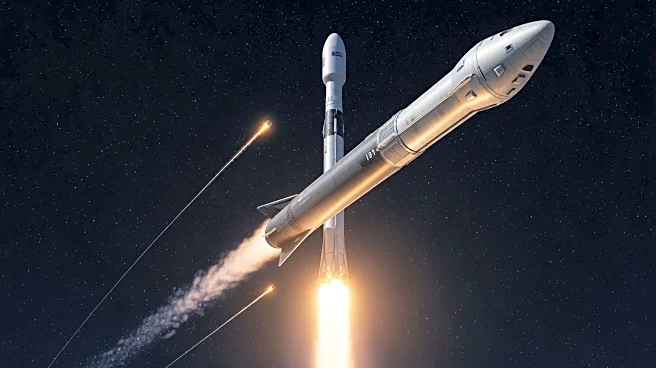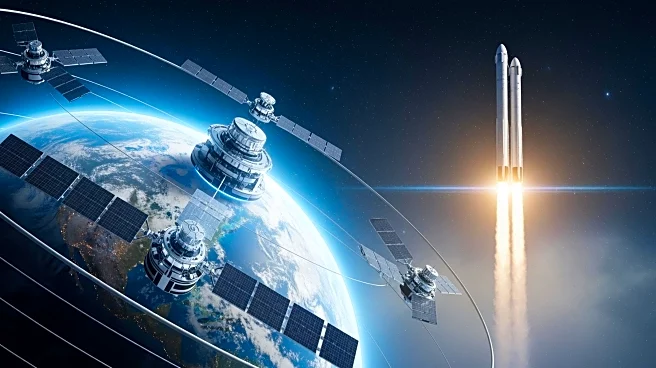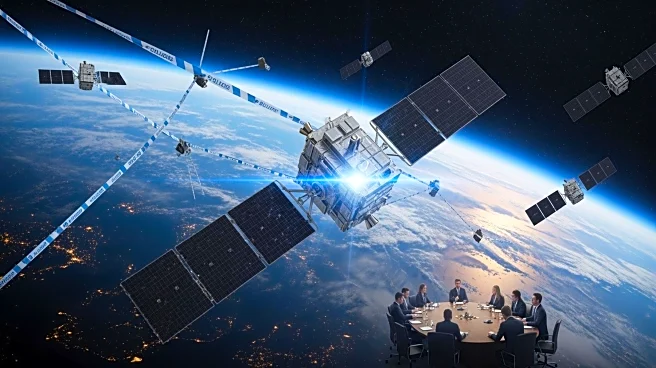What's Happening?
A startup named Atomic-6 has developed 'space armor' to protect satellites and astronauts from space debris, particularly from the growing number of Starlink satellites launched by SpaceX. SpaceX has approximately
8,600 active Starlink satellites in orbit, contributing to the increasing amount of space debris. Recently, SpaceX launched 21 relay satellites for the US Space Force and 28 Starlink satellites, adding to the congestion in low Earth orbit. Atomic-6's space armor is designed to shield against debris smaller than 3mm, which constitutes 90% of the debris in orbit. The armor is made from lightweight tiles using a composite-to-resin method, aiming to prevent secondary debris from traditional satellite shielding.
Why It's Important?
The development of space armor is significant as it addresses the growing threat of space debris, which poses risks to satellites and astronauts. With the increasing number of satellites, the likelihood of collisions in space rises, potentially damaging critical infrastructure. Space armor offers a solution to protect against untrackable debris, ensuring the safety and longevity of space missions. Additionally, the armor could mitigate threats from adversarial spacecraft, enhancing security in space. This innovation is crucial for maintaining the sustainability of space exploration and operations, as the space environment becomes more crowded.
What's Next?
Atomic-6 plans to begin launching satellites equipped with space armor by 2026. This initiative could lead to broader adoption of protective measures in the aerospace industry, potentially influencing regulations and standards for satellite construction and deployment. As space traffic increases, stakeholders such as governments and private companies may invest in similar technologies to safeguard their assets. The effectiveness of space armor could also prompt discussions on international cooperation to address space debris and enhance space safety protocols.
Beyond the Headlines
The introduction of space armor highlights the ethical and environmental challenges of space exploration. As companies like SpaceX continue to expand their satellite constellations, the responsibility to manage space debris becomes more pressing. This development may spark debates on the accountability of private enterprises in preserving the space environment. Furthermore, the innovation could lead to advancements in materials science, with potential applications beyond aerospace, such as in defense and automotive industries.



